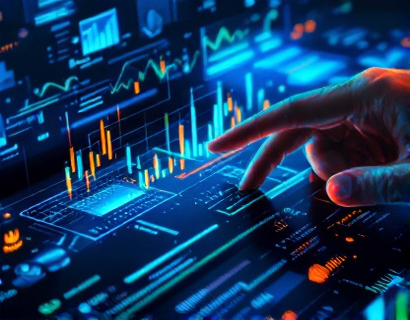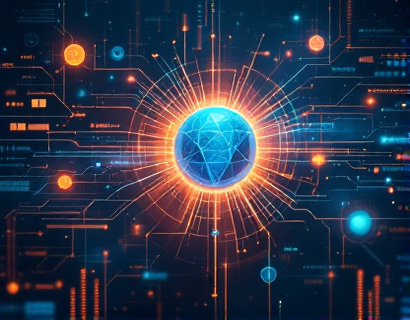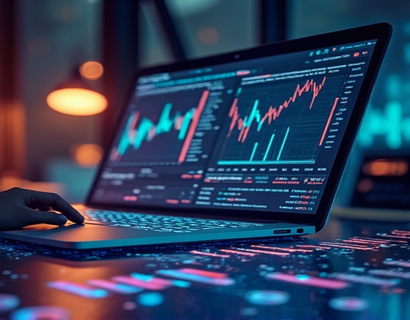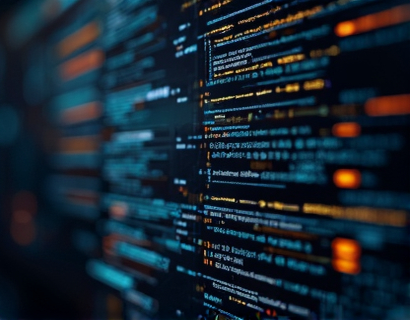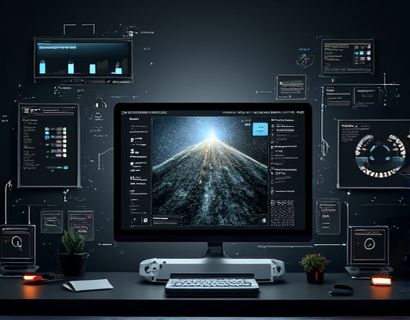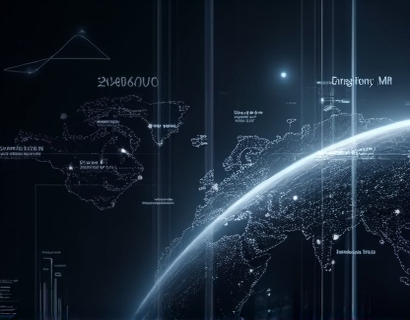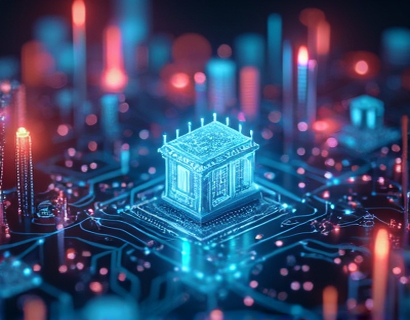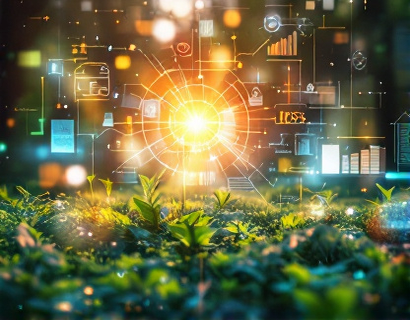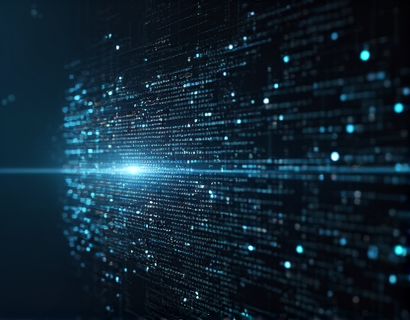Maximizing Aquaponics Business Success with Advanced Management Software
In the rapidly evolving world of sustainable agriculture, aquaponics stands out as a promising method that combines fish farming and hydroponic plant cultivation in a symbiotic environment. For aquaponics businesses, managing the intricate balance between water quality, fish health, and plant nutrition is crucial for success. Advanced management software plays a pivotal role in streamlining operations, boosting productivity, and enhancing sustainability. This article delves into how such software can transform the way aquaponics is managed, offering precise monitoring, control, and optimization of the entire system.
Understanding the Challenges in Aquaponics Management
Aquaponics systems are complex ecosystems where the health of fish and plants is interdependent. Maintaining optimal conditions requires constant monitoring of parameters such as pH, ammonia, nitrite, and nitrate levels, as well as temperature, dissolved oxygen, and water flow. Traditional management methods often rely on manual testing and manual adjustments, which can be time-consuming and prone to human error. These challenges can lead to suboptimal growth conditions, reduced yields, and increased environmental impact. Advanced management software addresses these issues by providing real-time data and automated control mechanisms.
Key Features of Advanced Management Software
Advanced management software for aquaponics systems integrates various sensors and control devices to create a comprehensive monitoring and control platform. Some of the key features include:
- Real-time data monitoring: Continuous tracking of water parameters and system status
- Automated alerts: Notifications for deviations from set parameters
- Customizable control settings: Adjusting pumps, aerators, and other equipment based on real-time data
- Historical data analysis: Tracking trends and patterns over time for better decision-making
- Integration with mobile devices: Access to system status and controls from anywhere
These features enable aquaponics operators to maintain precise control over their systems, ensuring optimal conditions for both fish and plants. By automating routine tasks and providing actionable insights, the software reduces the workload and minimizes the risk of errors.
Enhancing Productivity through Optimized Conditions
One of the primary benefits of using advanced management software in aquaponics is the ability to optimize growing conditions for maximum productivity. By maintaining ideal water parameters, the software ensures that fish grow healthily and plants absorb nutrients efficiently. This leads to faster growth rates, higher yields, and better quality produce.
For instance, precise control over pH levels is critical for nutrient availability and plant health. The software can automatically adjust pH levels by triggering dosing systems to add acids or bases as needed. Similarly, maintaining optimal dissolved oxygen levels is essential for fish health and ammonia conversion. The software can monitor oxygen levels and activate aeration systems when necessary, preventing stress and mortality in fish populations.
Moreover, the software can optimize feeding schedules based on fish size, activity levels, and water conditions. Automated feeders can be programmed to dispense the right amount of feed at the right times, reducing waste and ensuring that fish receive adequate nutrition. This not only improves growth rates but also reduces feed costs and minimizes environmental impact.
Promoting Sustainability with Data-Driven Decisions
Sustainability is a core principle of aquaponics, and advanced management software plays a vital role in achieving this goal. By providing detailed data and insights, the software enables operators to make informed decisions that reduce resource consumption and minimize environmental impact.
For example, the software can track water usage and identify areas where water can be recycled or reused more efficiently. It can also monitor energy consumption of pumps, lights, and other equipment, suggesting ways to reduce power usage without compromising system performance. This data-driven approach helps aquaponics businesses lower their carbon footprint and operational costs.
Additionally, the software can help in managing waste more effectively. By monitoring nutrient levels and adjusting feeding schedules, the system ensures that excess nutrients are minimized, reducing the risk of water pollution. This is particularly important in closed-loop systems where water is continuously recirculated. The software can also alert operators to potential issues before they become problematic, allowing for proactive maintenance and reducing the need for chemical treatments.
Improving Operational Efficiency
Operational efficiency is another area where advanced management software shines. By automating routine tasks and providing real-time data, the software reduces the time and effort required to manage the aquaponics system. This allows operators to focus on higher-level tasks such as strategic planning, system optimization, and business development.
For instance, the software can schedule maintenance activities based on the condition of equipment, rather than on a fixed timeline. This predictive maintenance approach helps prevent breakdowns and extends the lifespan of machinery. Automated reporting features can generate detailed logs and reports, making it easier to track performance and comply with regulatory requirements.
Furthermore, the software can integrate with other management tools such as inventory management, sales tracking, and customer relationship management. This holistic approach ensures that all aspects of the business are aligned and optimized, leading to improved overall efficiency and profitability.
Case Studies and Real-World Applications
Several aquaponics businesses have successfully implemented advanced management software to enhance their operations. One notable example is a large-scale commercial aquaponics farm that adopted a comprehensive management platform to monitor and control its systems. Before the implementation, the farm faced challenges with inconsistent water quality and manual labor-intensive tasks. After integrating the software, the farm reported a 30% increase in fish growth rates and a 20% reduction in energy consumption. The operator could now manage the farm remotely, receiving real-time alerts and making data-driven decisions to optimize the system.
Another case involves a small-scale urban aquaponics project that used the software to monitor a rooftop system. The software's mobile app allowed the operator to check system status and adjust settings from a smartphone, even while away from the site. This flexibility ensured that the system remained stable and productive, despite the operator's busy schedule. The project saw a significant improvement in plant health and yield, leading to higher customer satisfaction and increased sales.
Future Trends and Innovations
The integration of advanced management software in aquaponics is just the beginning. As technology continues to evolve, we can expect even more innovative solutions to emerge. Some potential future trends include:
- Artificial Intelligence and Machine Learning: AI can analyze vast amounts of data to predict system behavior and optimize operations further
- Internet of Things (IoT): Increased connectivity of devices will enable more seamless integration and real-time data exchange
- Blockchain: For traceability and transparency in the supply chain, ensuring the authenticity and quality of aquaponics products
- Virtual and Augmented Reality: For remote monitoring and training, allowing operators to visualize and interact with the system in new ways
These advancements will continue to push the boundaries of what is possible in aquaponics, making the practice more accessible, efficient, and sustainable.
Conclusion
Advanced management software is a game-changer for aquaponics businesses looking to maximize success in a competitive market. By providing precise monitoring, automated control, and data-driven insights, the software helps operators maintain optimal conditions, enhance productivity, and promote sustainability. As the industry grows, the adoption of such technology will become increasingly essential for staying ahead and meeting the demands of a sustainable future.



